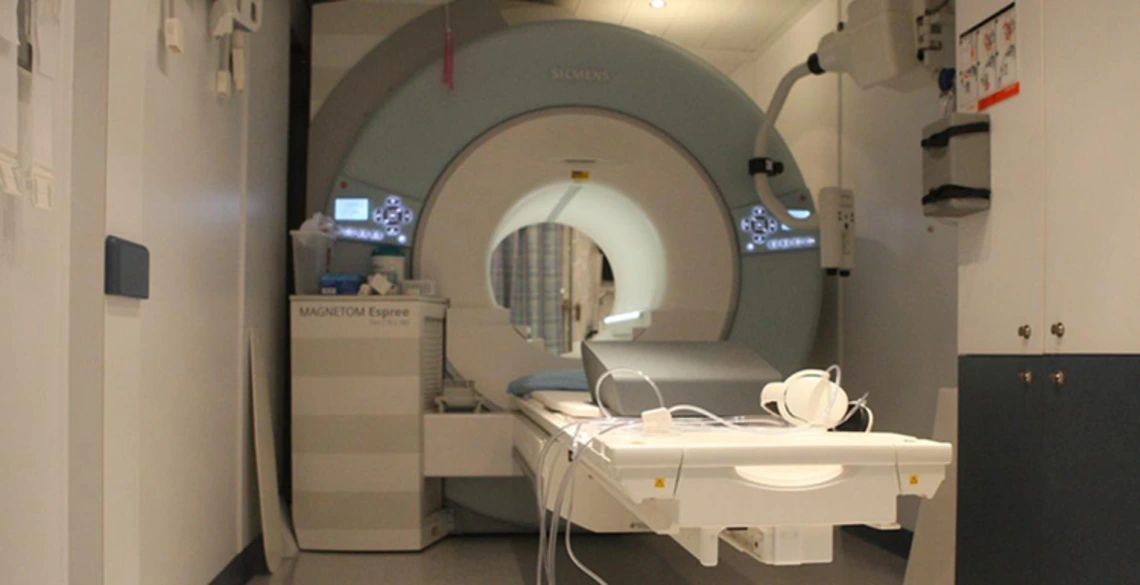BME Researchers Developing 15-Minute MRI

Associate professor Nan-kuei Chen is the principal investigator on a research project to create faster MRI technologies, along with professor Ted Trouard, associate professor Ali Bilgin, and assistant professors Vignesh Subbian and Nima Toosizadeh.
Using a $2.1 million grant from the National Institute of Neurological Disorders and Stroke, they are working to design MRI technologies that will scan in 15 minutes – down from current scans, which take 40 minutes to an hour – to accommodate challenging patient populations, including individuals with Parkinson’s disease, stroke patients and children.
In addition, scans will provide higher-resolution images with richer information, giving health care practitioners more information about the stage of a disease, and even allowing for earlier diagnosis of conditions like Parkinson’s.
The technique is building upon the multiplexed sensitivity encoded, or MUSE, MRI and diffusion tensor imaging technology developed by Chen himself. MUSE improved upon traditional scan methods, which had voxels, or 3D pixels, that were too large to allow researchers to see certain subregions of the brain.
